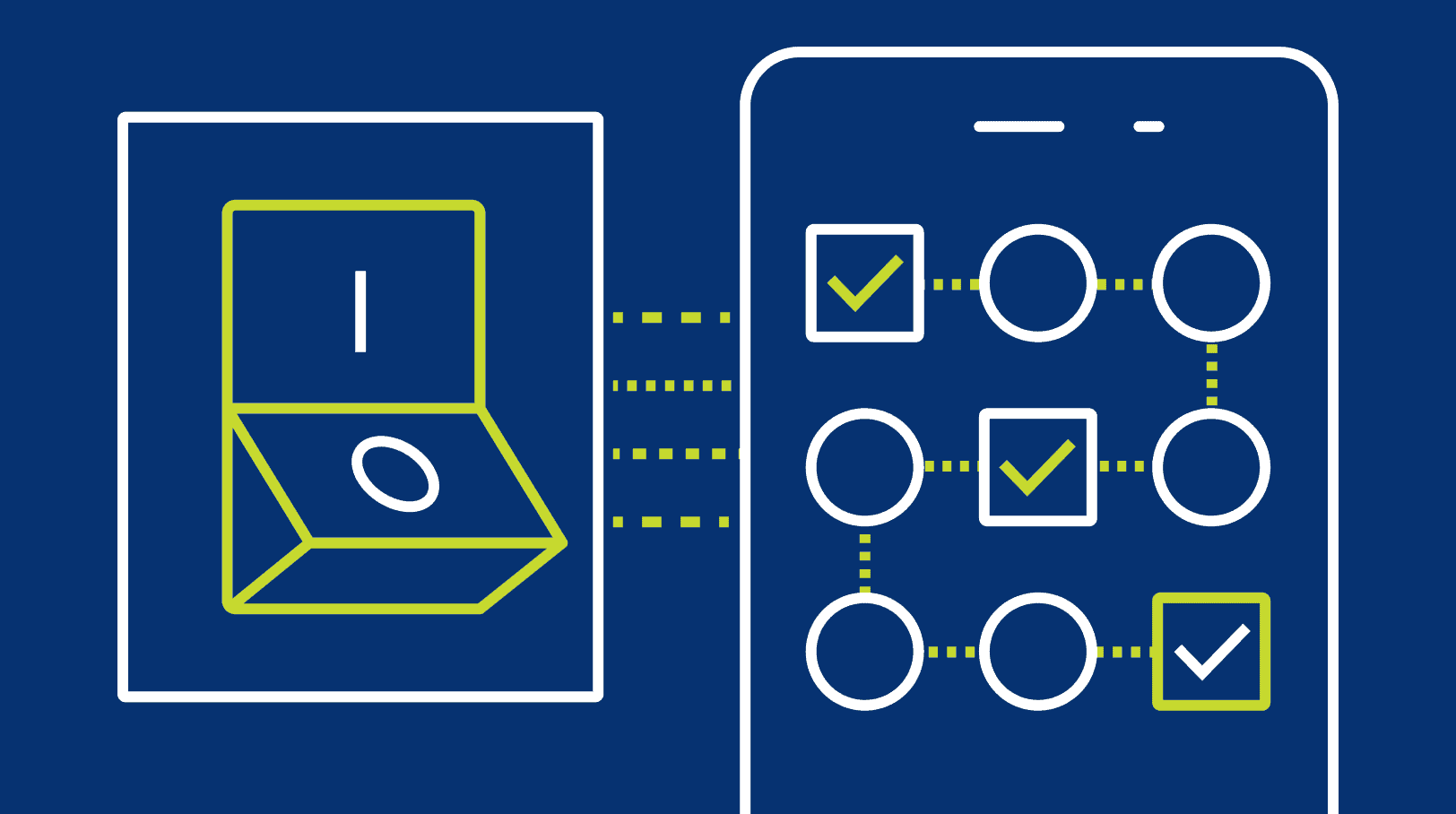
Winning over customers isn’t just about having a superior product or service anymore. From efficient front-of-house customer engagement to smooth back-of-house operations, it takes more to build long-lasting loyalty.
In this environment, far too many brands are still using time-consuming, paper-heavy manual processes and legacy systems. This way of operating brings challenges for customer service and the user experience, including a lack of visibility into the customer journey.
Overcoming these challenges is all about finding ways to increase efficiency, productivity, and collaboration. Here we’ll discuss how the benefits of automation can contribute significantly in these areas and why automating workflows with a low-code platform can make a huge difference.
1. Increase Operational Efficiency
Take a look at your current business processes. If you’re like most enterprise brands, you probably deal with some combination of a CRM tied to a sales tool, an eCommerce platform, project management tools, accounting software, invoicing tools, and so on.
Trying to connect all of these in a streamlined process is often difficult, to say the least.
Without a holistic approach, disparate tools make the process of solving challenges all the more difficult.
And that’s just on the back end. You likely have even more systems, workflows, and processes to help with the customer-facing side of your business, and let’s not forget about the elephant in the room: operating so many systems can be expensive.
On top of what you’re already paying, you might need additional funds to bring in a developer to find ways of connecting all of your third-party and conventional tools. But even then, systems can remain clunky.
Unconnected systems and tools make it that much harder to operate efficiently, which has a trickle-down impact on customers and end users. Automation can help resolve issues of inefficiency and expense by eliminating the need to interact with certain applications and reducing the time spent troubleshooting errors between unintegrated, manual systems.
2. Improve customer experience
In a practical sense, improved customer and end-user experience matters to the bottom line. It can help improve customer retention, increase satisfaction and loyalty, and open up the potential for more revenue through upsells and cross-selling.
According to an MIT report on the future of CX, 87% of surveyed industry leaders cite customer experience as a strategic differentiator of their brand.
Today, customer experience must be a consideration at every touchpoint a potential customer has with your company, including your website, your mobile applications, and your entire customer service process. Any fumble along the way can send customers looking for other solutions.
Improved customer and end-user experience matters to the bottom line
Another critical aspect of customer experience is how your processes and workflows serve your customer service employees. Suppose your current workflows include manually searching through paperwork, accessing multiple Excel files, and filing information in an old legacy system. That lack of efficiency requires time and resources that could be better spent supporting customers in more direct ways.
But when you digitize and automate those processes into streamlined, simplified solutions, you open up the potential to better serve your customers and your employees.
One of the benefits of automation with low-code is that you can automate several processes along a single workflow. This can take care of menial tasks and leave time for employees to solve more complex customer issues, improving the overall customer experience.
3. Collaborate with low-code
Rather than trying to get your IT department to get a patchwork of paper, spreadsheets, and freemium products to work, you can create your own low-code solutions on an accessible drag-and-drop platform. Ensuring efficiency and improving processes are two obvious reasons why automation is becoming more popular, but increasing collaboration and agility are just as critical to business success.
Forrester analysts have found that collaboration and cross-department teamwork is key to CX success. Their research shows that “rallying the entire organization around the customer” is how leading organizations will approach customer experience in the future.
Collaboration is key to successful operations and workflows, and low-code enables effective communication and collaboration across departments, removing silos.
As you look to streamline your workflows, empower your employees to offer insights into your organization’s processes, as helping to craft solutions that simplify work can be a powerful motivator for future productivity as well.
Another benefit of removing silos is better data integration. With a low-code platform, you can incorporate data from many different sources into one universal hub, which can support easy access to information and quick solution development as needs arise.
That agility matters to companies that might lose customers if information or recommendations took too long to reach the point where a decision could be made or a solution could be implemented.
Businesses that leverage low-code platforms that interconnect with their current tools and processes will likely find that they can help more end users — without jeopardizing quality — faster than ever.


